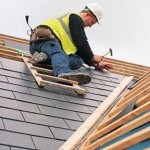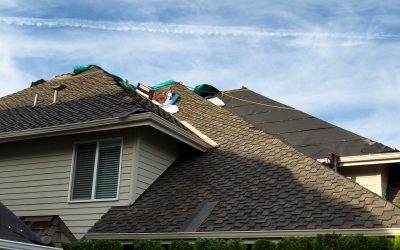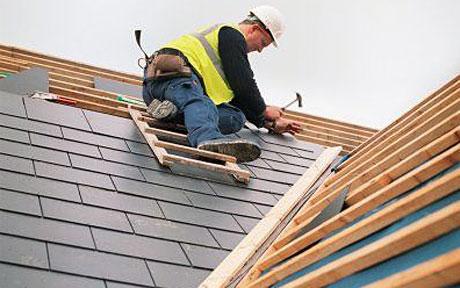Eighty percent of all roofing companies are out of business within two years. The reason is most often poor quality workmanship. One of the areas where poor quality workmanship shows up most often is flashing. Some experts estimate that flashing is eighty percent of all roof problems. This probably is a very accurate statement because flashing is responsible for preventing leaks by sealing the places on the roof where water can leak into the home.
The vents that protrude from the roof for various reasons should be sealed with an aluminum plate called a plumbing vent sealer that slips over the vent and sets on the roof surface surrounding the vent. Roof caulking is applied around the edges and the roof shingles are laid over the vent cover as roofing in Franklin does it.
Installing flashing around the chimney is an art. The metal flashing can be installed under the shingles and up the side of the chimney. Attaching the flashing to the chimney is best when the mortor is carved out and the edge of the flashing is folded over and pushed into the opening left by the mortar. A piece of the flashing is formed as a wedge and used to drive the flashing deep into the opening. This metal is then covered by a product that is waterproofing and seals the permanently seals the flashing.
There is a form of flashing that never leaves a nail exposed to water. A shingle overlays the flashing with at least a 1 1/2 ” overlap. The only portion of the flashing which can be seen is that which is turned up against the chimney. The portion of the flashing that is covered by shingles will have no nails exposed to water. Eighty percent of all roofing problems are caused by incorrectly installed flashing which will not happen when roofing in Franklin is done.
The most undesirable flashing is the tar that is slapped up against the wall and the shingle. This will actually begin to melt and run down the roof when the heat builds-up.
Sealing the roof valley requires an extra layer of waterproofing material in the valleys at an angle which protects the valley by installing it at a 90 degree angle. Browse us for more information.








